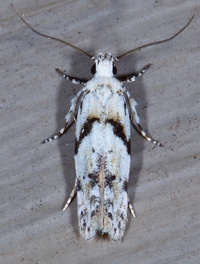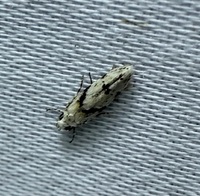
| Recorded by: Marilyn Westphal on 2025-08-19
Henderson Co.
Comment: | 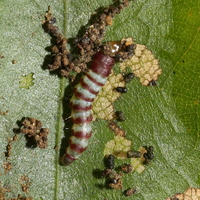
| Recorded by: David George, David Bradley, Becky Watkins, David Cheng, Michelle Lotker, Tracy Feldman, et al. on 2025-06-28
Durham Co.
Comment: Larva in leaf-tie on Willow Oak |
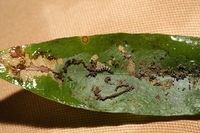
| Recorded by: David George, David Bradley, Becky Watkins, David Cheng, Michelle Lotker, Tracy Feldman, et al. on 2025-06-28
Durham Co.
Comment: | 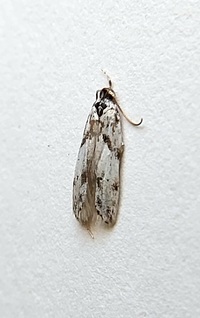
| Recorded by: Mark Basinger on 2025-05-20
Wilson Co.
Comment: |
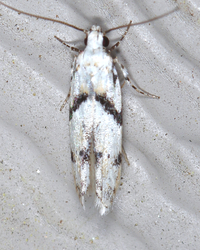
| Recorded by: Jim Petranka on 2025-04-27
Madison Co.
Comment: | 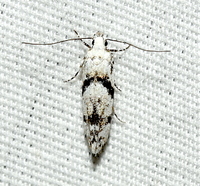
| Recorded by: Jeff Niznik, David George on 2025-04-05
Chatham Co.
Comment: |

| Recorded by: Lior S. Carlson, Dean Furbish on 2025-04-05
Orange Co.
Comment: | 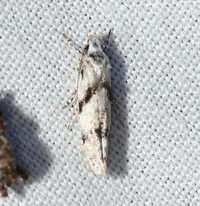
| Recorded by: David George on 2025-04-04
Durham Co.
Comment: |

| Recorded by: Jeff Niznik, David George, Rich Teper on 2025-03-28
Chatham Co.
Comment: | 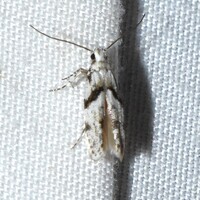
| Recorded by: Jeff Niznik on 2025-03-19
Orange Co.
Comment: |
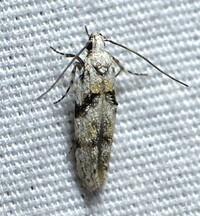
| Recorded by: Dean Furbish, Lior S. Carlson on 2025-03-19
Orange Co.
Comment: | 
| Recorded by: Dean Furbish, Lior S. Carlson on 2025-03-19
Orange Co.
Comment: |
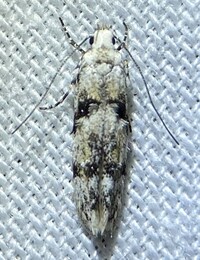
| Recorded by: Dean Furbish on 2025-03-13
Wake Co.
Comment: | 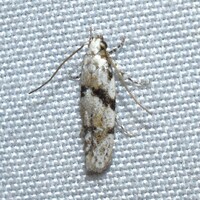
| Recorded by: Jeff Niznik on 2025-03-12
Orange Co.
Comment: |

| Recorded by: Lior S. Carlson, Dean Furbish on 2025-03-12
Orange Co.
Comment: | 
| Recorded by: Lior S. Carlson, Dean Furbish on 2025-03-12
Orange Co.
Comment: |
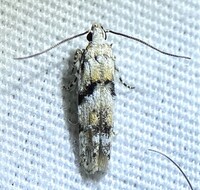
| Recorded by: Dean Furbish, Lior S. Carlson on 2025-03-11
Orange Co.
Comment: | 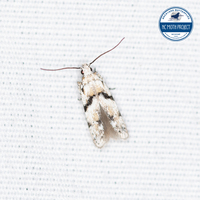
| Recorded by: Dean Furbish, Lior S. Carlson on 2025-03-11
Orange Co.
Comment: |
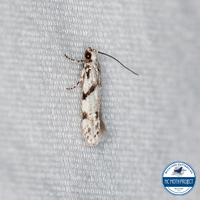
| Recorded by: Lior S. Carlson, Dean Furbish on 2025-02-25
Orange Co.
Comment: | 
| Recorded by: Lior S. Carlson, Dean Furbish on 2025-02-25
Orange Co.
Comment: |
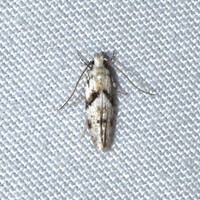
| Recorded by: Jeff Niznik, David George on 2024-11-25
Durham Co.
Comment: | 
| Recorded by: David George, Jeff Niznik on 2024-08-05
Transylvania Co.
Comment: |

| Recorded by: Jim Petranka on 2024-08-04
Madison Co.
Comment: | 
| Recorded by: Jim Petranka on 2024-07-31
Madison Co.
Comment: |

| Recorded by: David George, Jeff Niznik, Patrick Coin, Steve Hall, Carol Tingley, Tom Howard on 2024-07-27
Chatham Co.
Comment: | 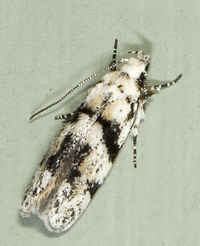
| Recorded by: John Petranka on 2024-07-26
Orange Co.
Comment: |
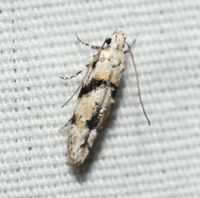
| Recorded by: David George on 2024-07-15
Chatham Co.
Comment: | 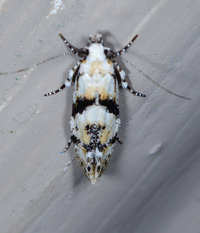
| Recorded by: Jim Petranka on 2024-07-14
Madison Co.
Comment: |
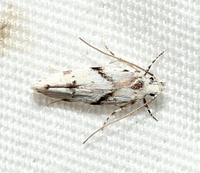
| Recorded by: David George, Jeff Niznik on 2024-07-08
Chatham Co.
Comment: | 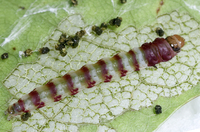
| Recorded by: John Petranka on 2024-07-03
Orange Co.
Comment: A larva collected for rearing on 2024-06-03 found within a leaf-tie on Willow Oak (Quercus phellos). The larva was photographed 2024-06-05, and the late pupa photographed 2024-06-29. See the accompanying photo of the adult, which eclosed 2024-07-01. |
|

 »
»


